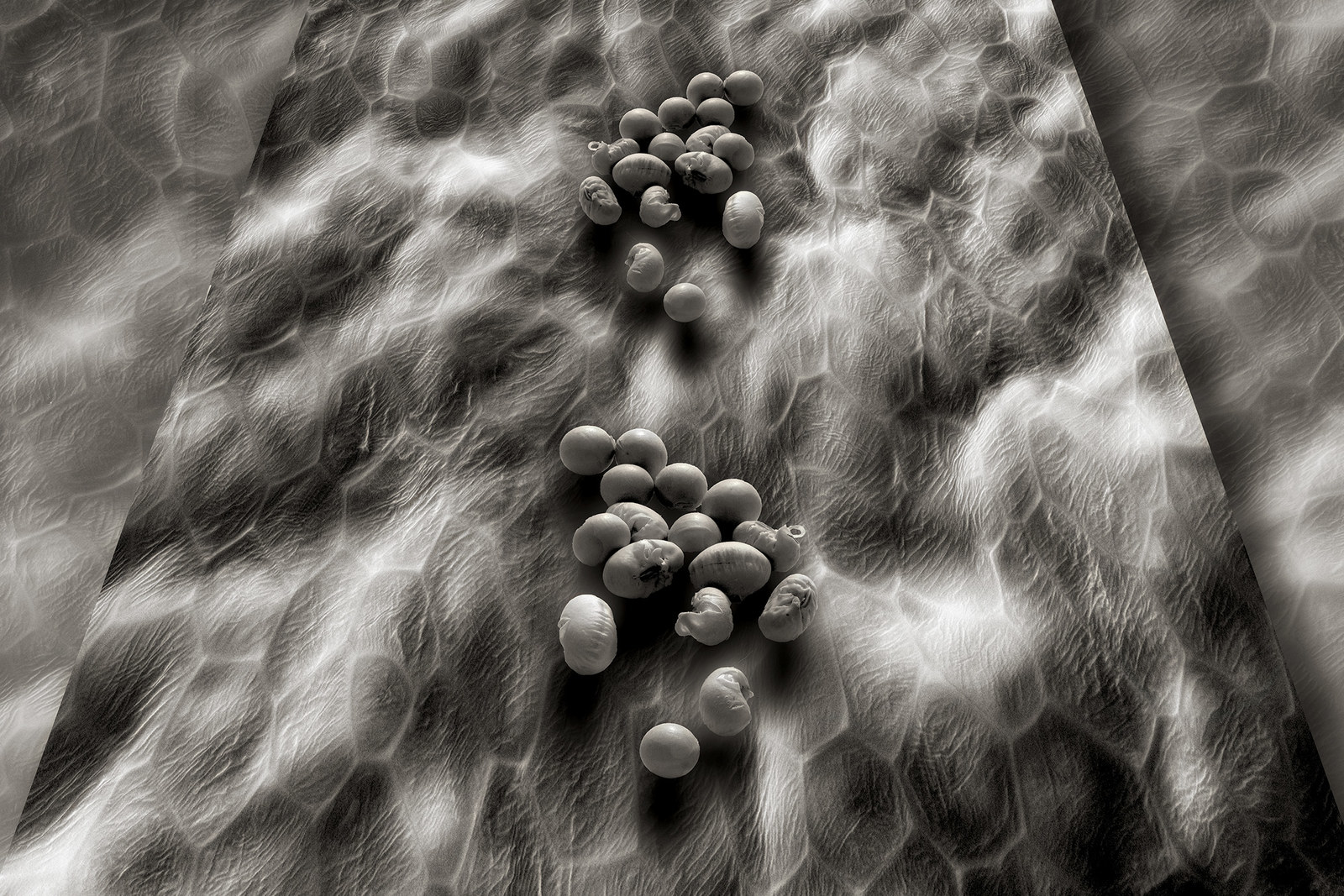Red Algae and Diatoms
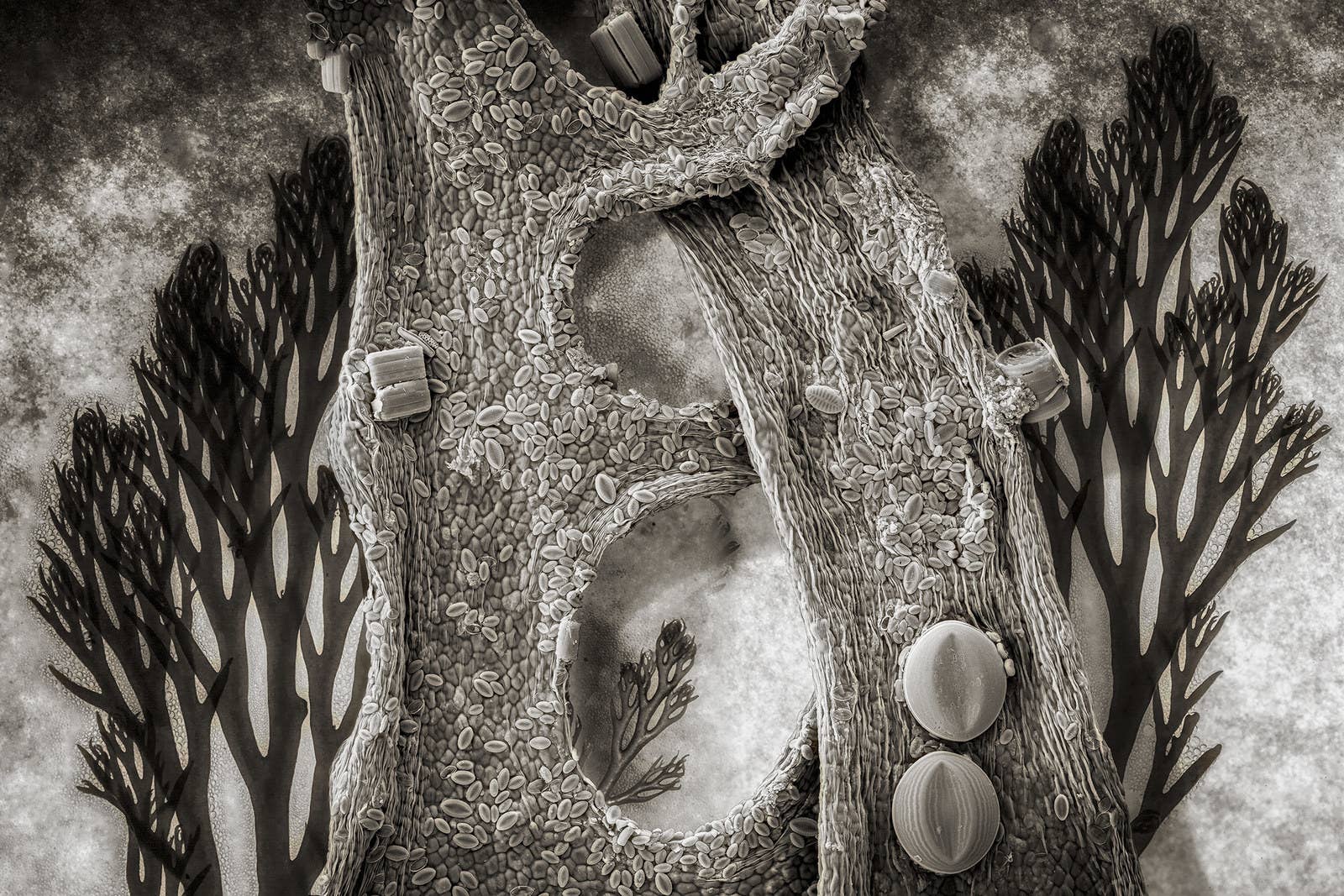
For some, climate change can be an abstract concept — for artist and photographer Robert Dash, it's what informs his creative vision. As a teacher for the last 25 years in the fields of biology, environmental studies, and photography, it's at the intersection of art and nature where Dash uncovers stunning beauty that often goes overlooked by the human eye.
Dash's work employs the use of a scanning electron microscope, which is able to photograph details too microscopic for the naked eye. With this tool, Dash captures hypnotic patterns deep within the nature that surrounds us, while at times capturing the very real effects of climate change on a microscopic scale. Through digital collages, Dash draws parallels between those parts of nature that are both visible and unseen.
Here, Robert Dash shares with BuzzFeed News a selection of his hypnotic works as well as the concepts behind the images.
After decades of travel and work, my dream was to travel as far as possible with my camera and pen while studying one small space. Remarkably, I was welcomed to use a scanning electron microscope (SEM) at the nearby Friday Harbor marine biology laboratories at the University of Washington.
Poplar Stomata
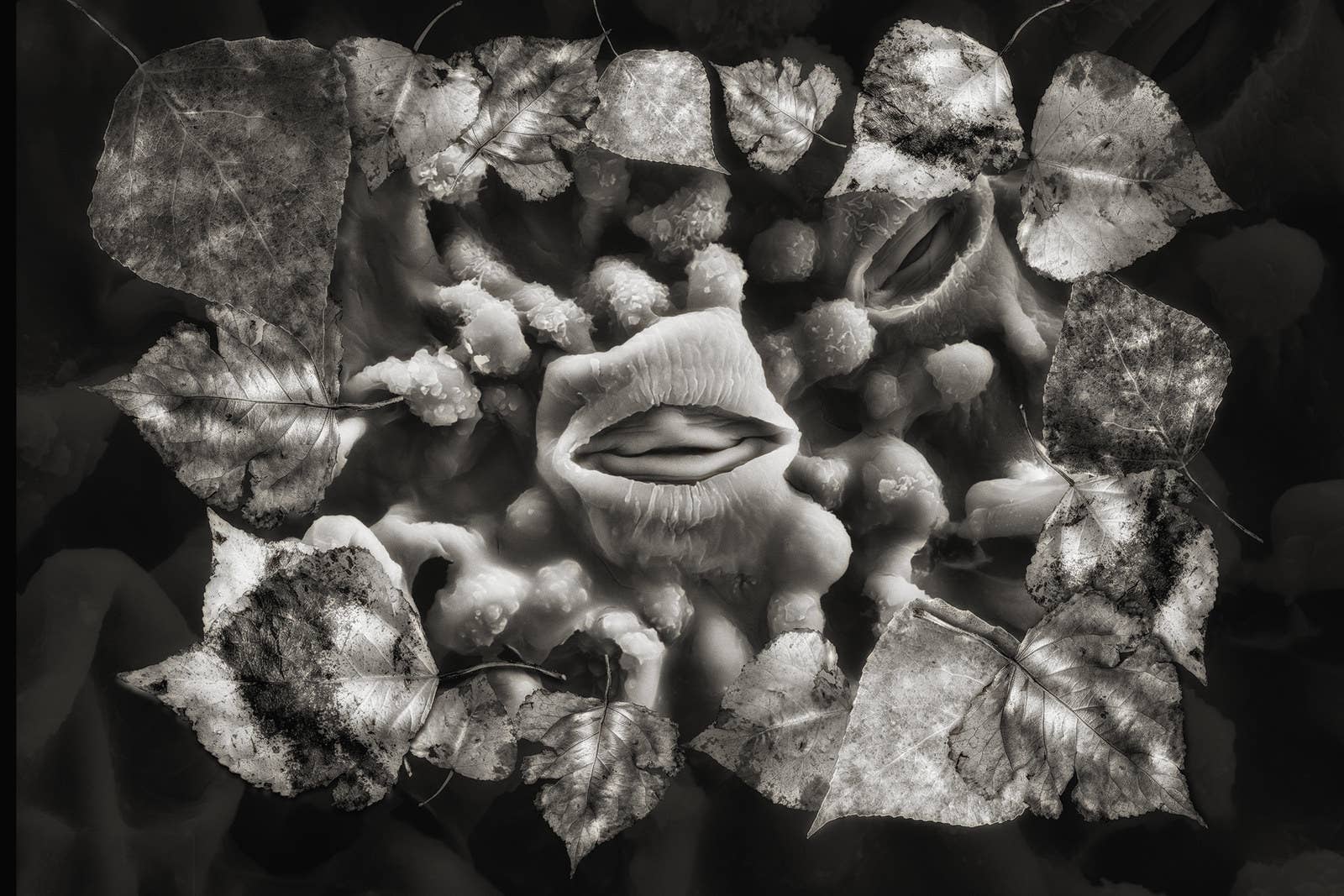
My process of working begins with a fascination with natural patterns and textures. I work with images that totally shock me at first sight.
I want viewers to feel the same thrill I felt when I viewed a certain leaf, feather, or pollen grain. I then use my DSLR camera to photograph the life-size version of the micrograph’s source — a barnacle, flower, or leaf, for instance. Each image suggests its own composition, although I mess around for a while, sometimes months, until the image “works.”
I’m looking for compositional and metaphoric relationships between the life-size object and the microscopic parts of itself. I continue by researching the role of this species in the biosphere, and how it is impacted by environmental stress. If all of these elements make if through the filters of beauty, intrigue, and relevance — they get to join the party.
Cheatgrass Seeds
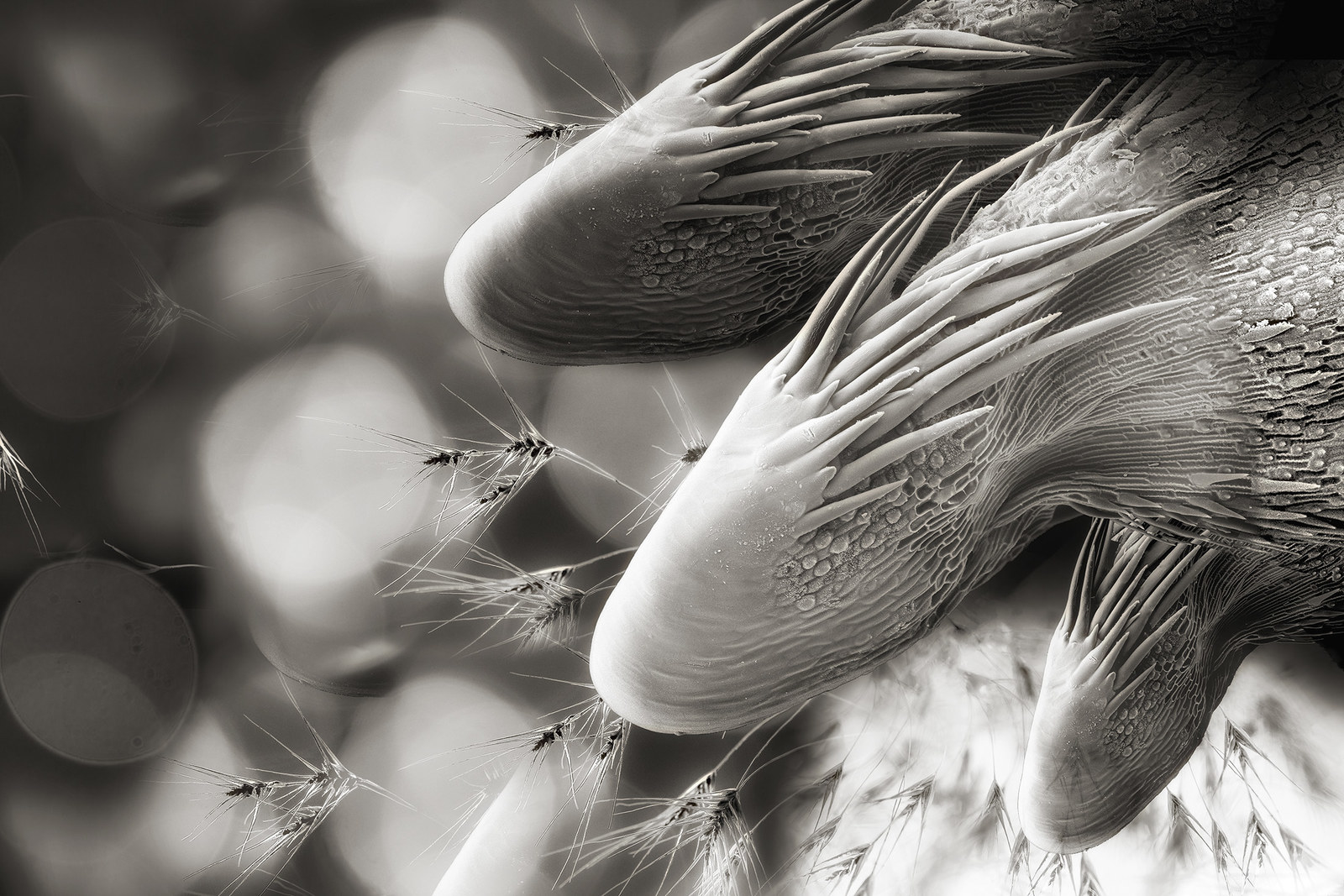
Invasive Filaree
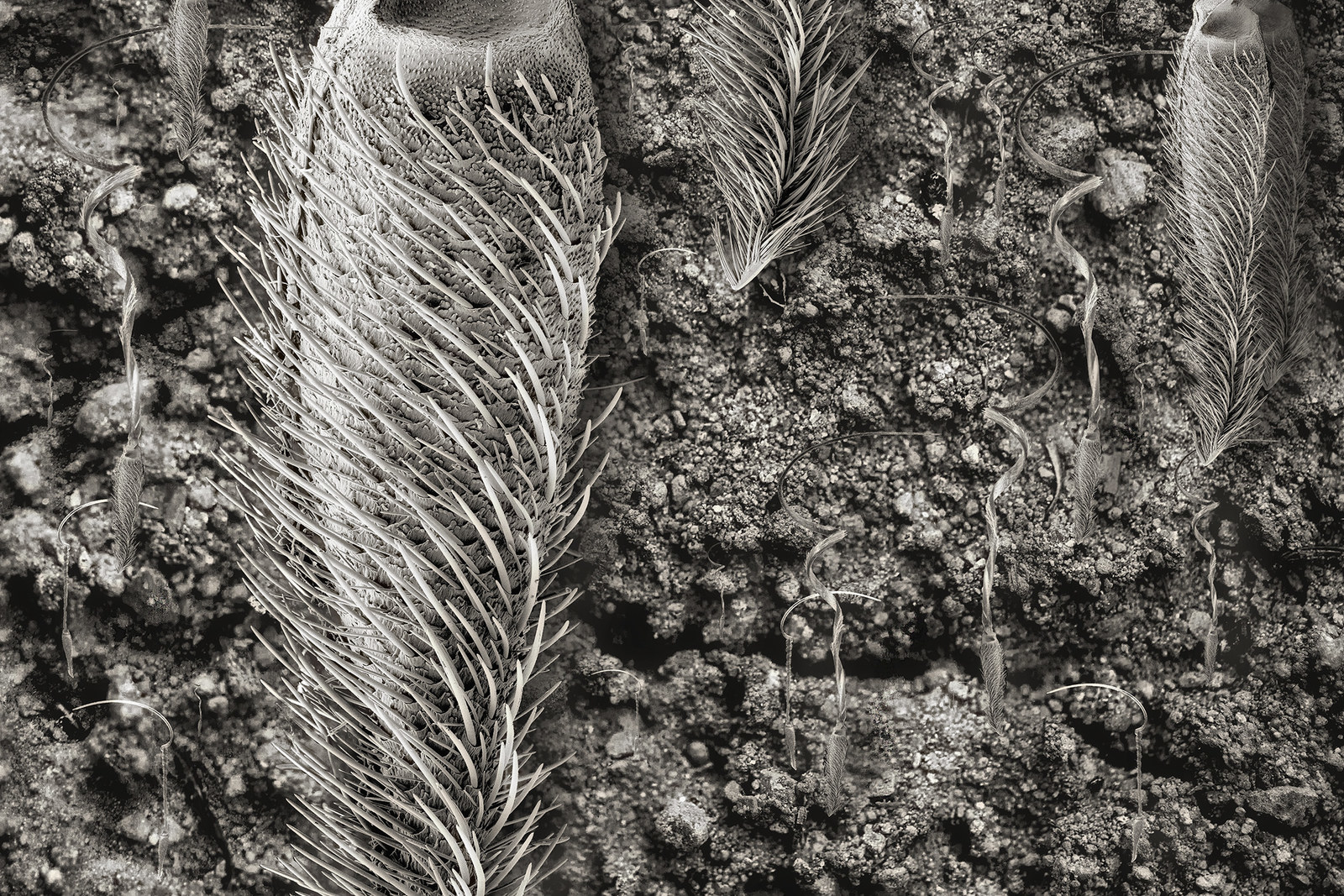
For my source material, I originally looked around the land where I live, finding seeds, feathers, pollen, leaves, lichens, dragonflies, flower petals, and spiderwebs. As the work expanded, I collected samples from beyond my home. I’ve taken hundreds of samples to the SEM, most being about the size of a fingernail. All of the samples added up could fit in a small pail, with room left over for hitchhikers.
Nearly every sample that I’ve studied has a story to tell about environmental degradation or climate change. Most everywhere I turn, the planet where I’ve grown up is in deep distress. Diseases are spreading into new communities of insects as a result, and at the same time, there is increasing worldwide documentation of insect populations crashing, with potentially huge consequences for crop pollination and ecosystem health. All of this news is haunting to me, and these images express that haunting, coupled with beauty.
Western Red Cedar Stomata

Invasive Filaree
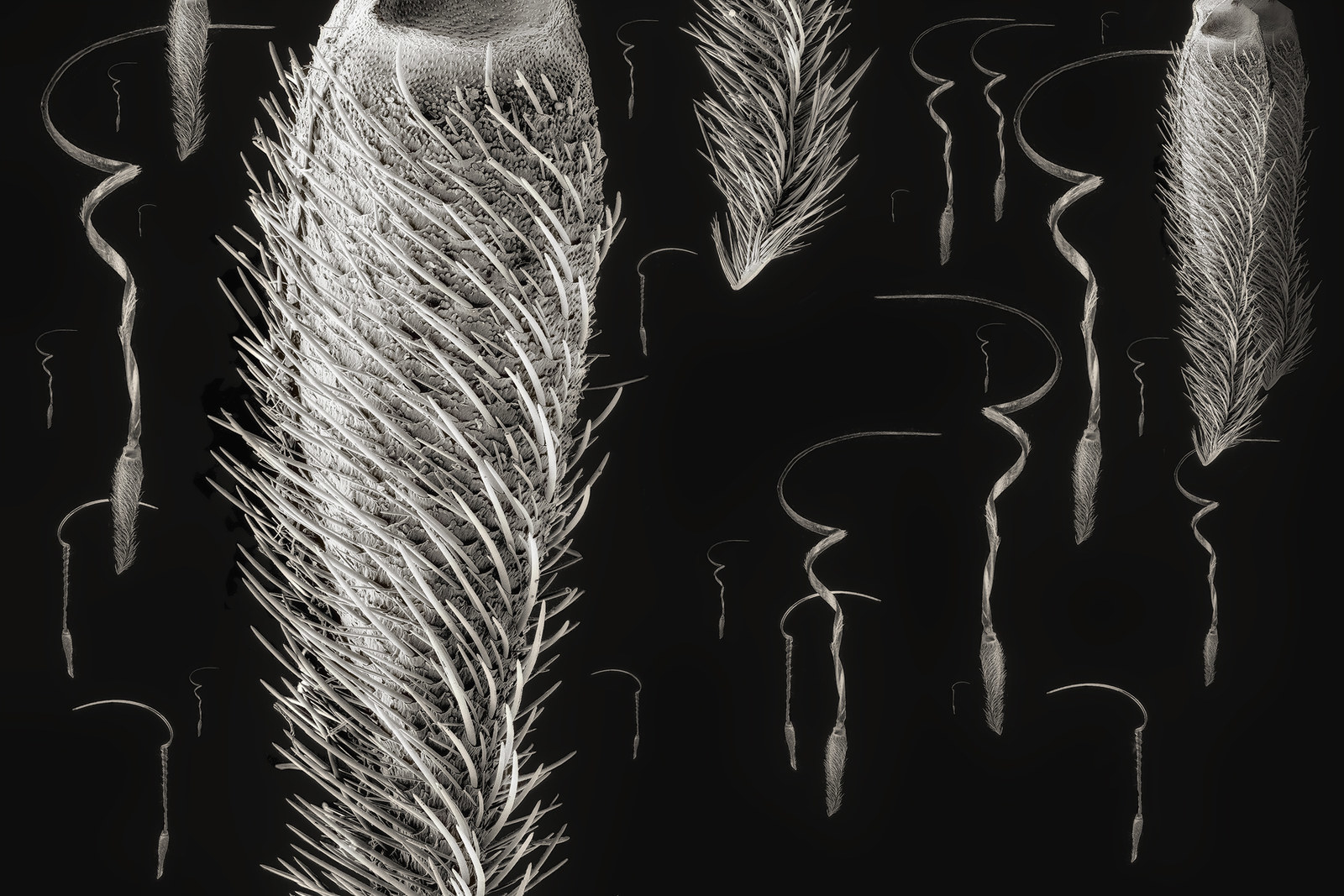
One of the first mind-blowing things I saw were the stomata of Garry oak leaves. Stomata are the cells that allow a plant to take in CO2 and expel O2 and water. All of the moisture in the atmosphere cycles through plant stomata twice a year — the stomata help drive the climate; a poet would say they’re a kind of collective planetary lung — and a hundred of them, edge to edge, would span a pinhead.
In the tropics, high temperatures caused by climate change and deforestation cause certain stomata to close, killing the trees. I was fascinated to find that these tiny pores play such a magnificent role in the biosphere, that they’re on the front lines of climate change, and that they’re incredibly diverse and mysterious in design.
Garry Oak and Leaf Stomata
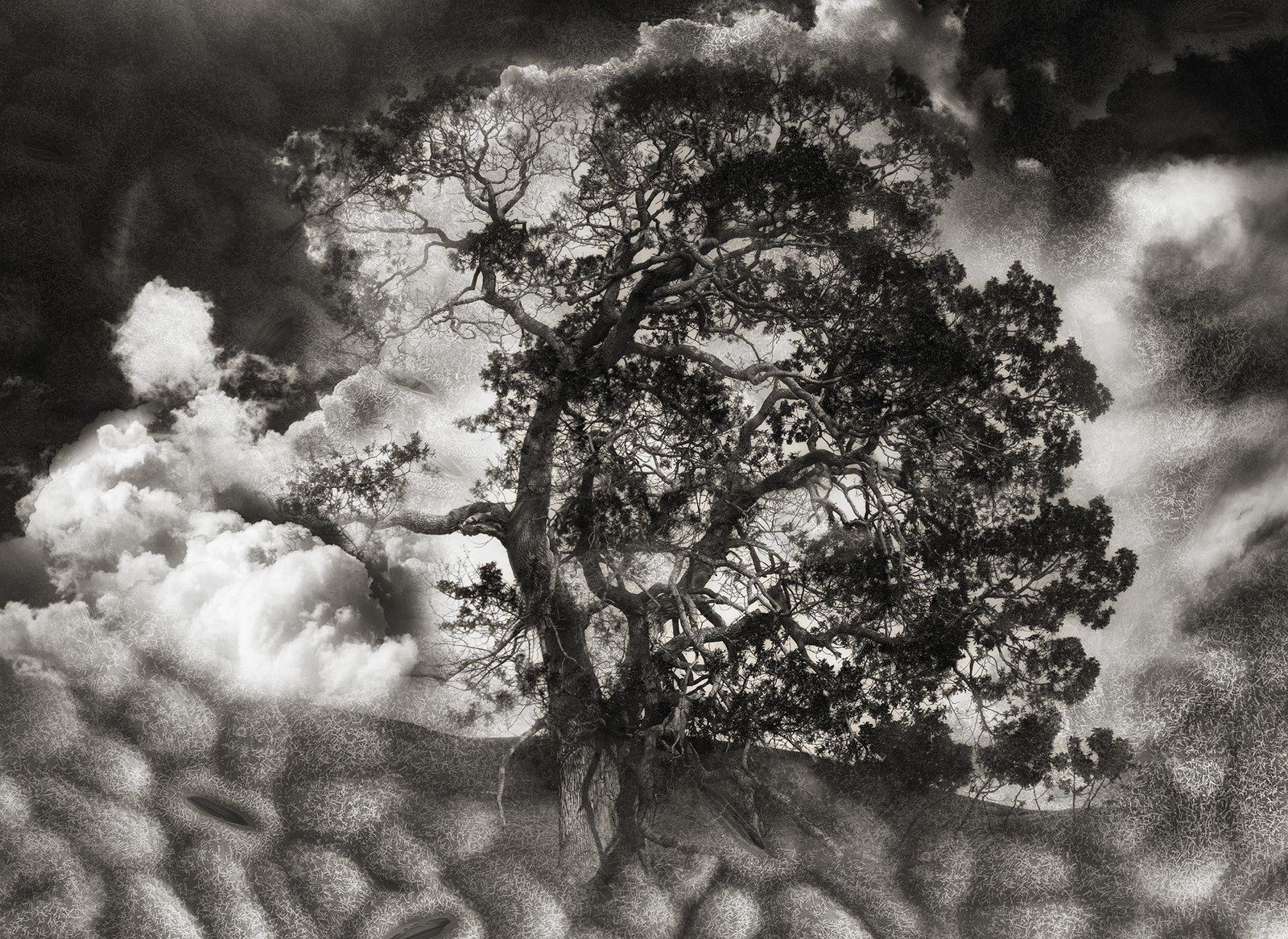
Wasp Nest Fibers
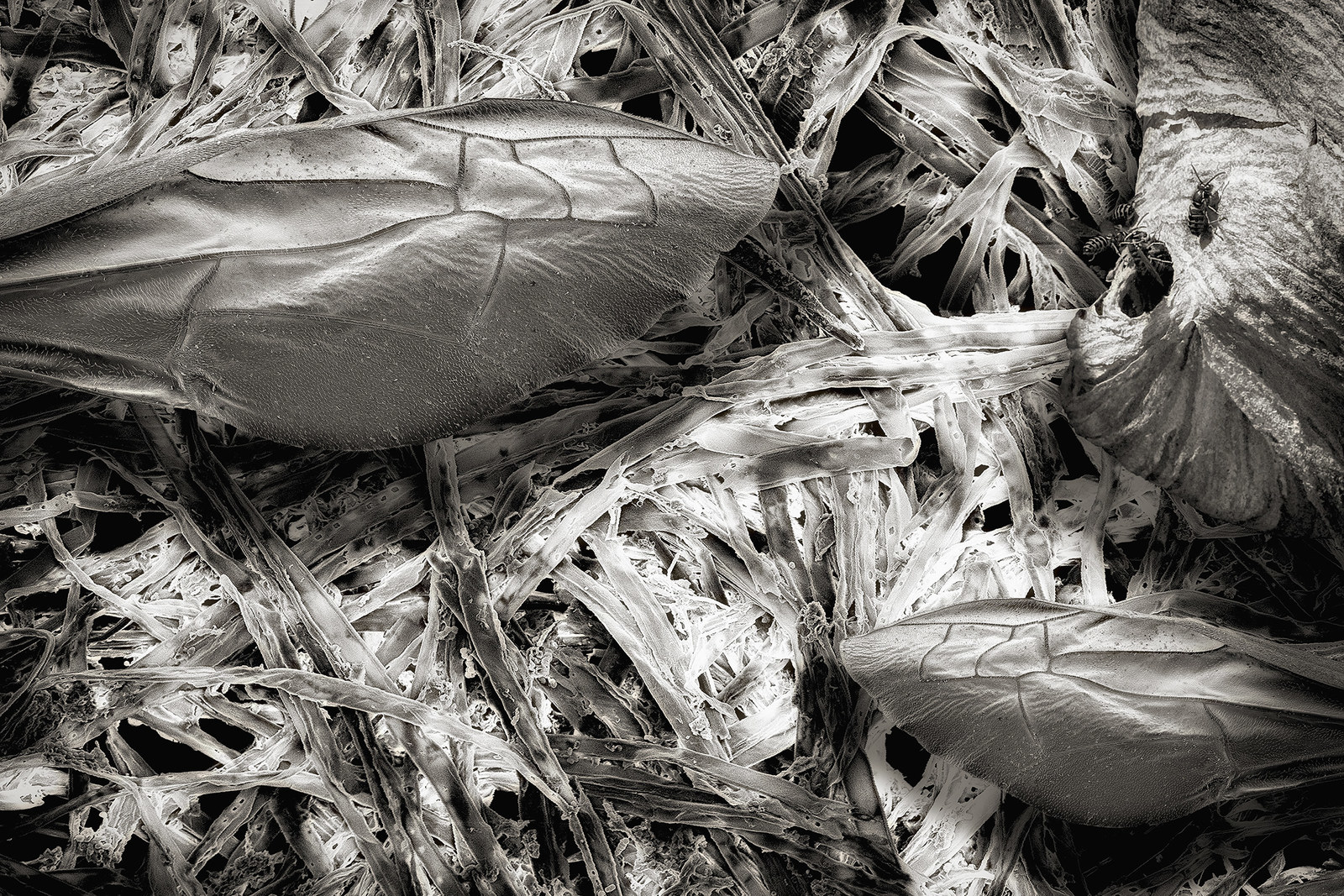
The focus of my images is contrast in scales from life-size to minuscule layers of ideas and beauty. These pictures encapsulate a sense of depth and dimension, a blend of abstract and vivid fact, as well as metaphor and social commentary. I think of these pictures as a visual exploration of whimsy and humor which echoes surrealism, still life, the works of M.C. Escher, Ernst Haeckel, Karl Blossfeldt, and Jerry Uelsmann.
I’ve been a huge fan of tiny nature my whole life. To put this in perspective: At age 5 I was out in my backyard woods looking under logs for salamanders when my mother yelled out the window that John F. Kennedy had been shot. Over all these years, nature has been my profound solace, inspiration, and teacher. If I can give back a fraction of the inspiration I’ve received, I’m living my purpose.
Arbutus Trunk and Leaf Surface
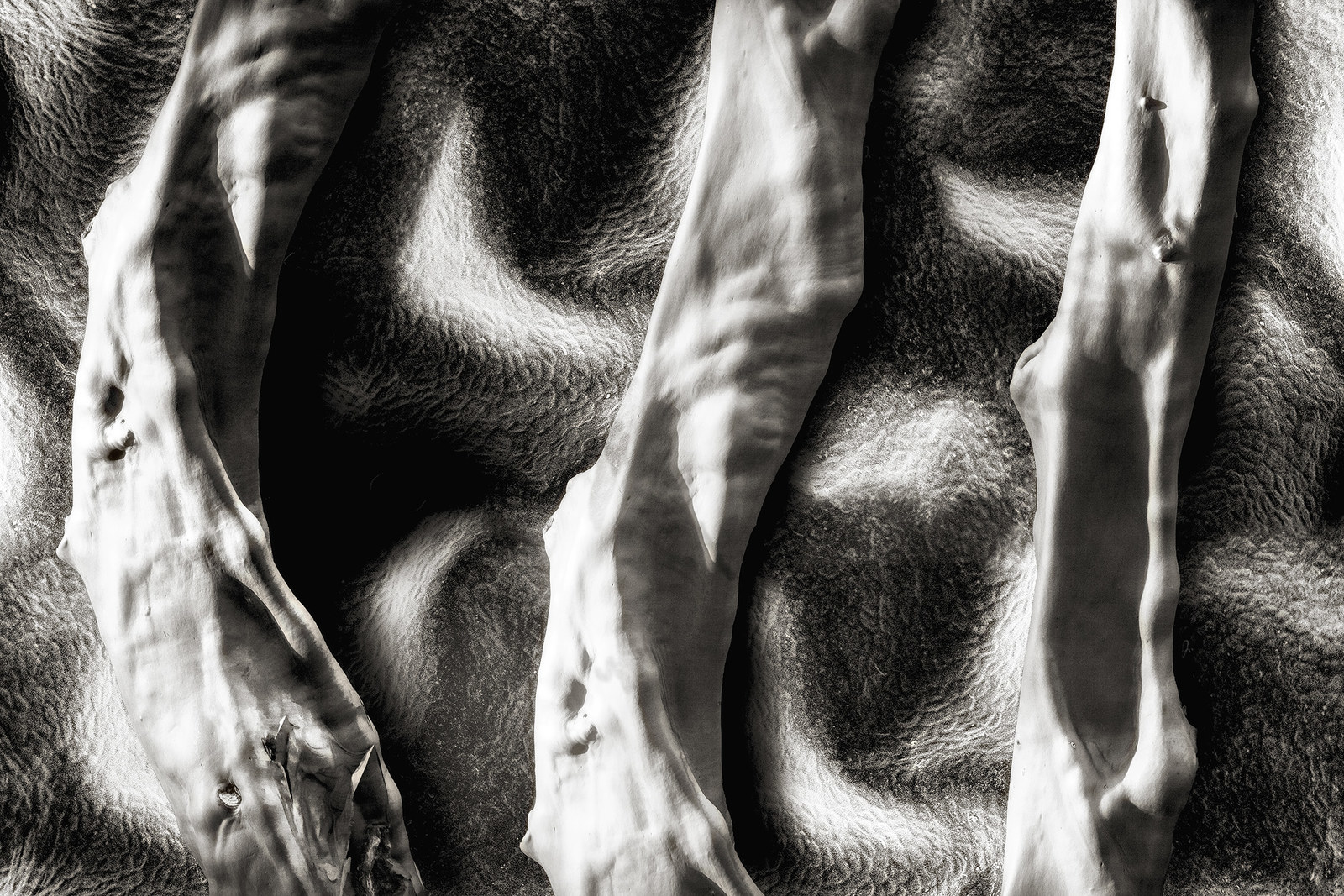
What I hope people take away from these images is the understanding that the practice of close, patient observation of nature is tremendously rewarding and instructive. Questions, stories, imagination, and teachings arise at this slow pace, which is the opposite of soundbite culture. This connection to nature is free and priceless; this way of seeing has deep value.
Skin of Soy
